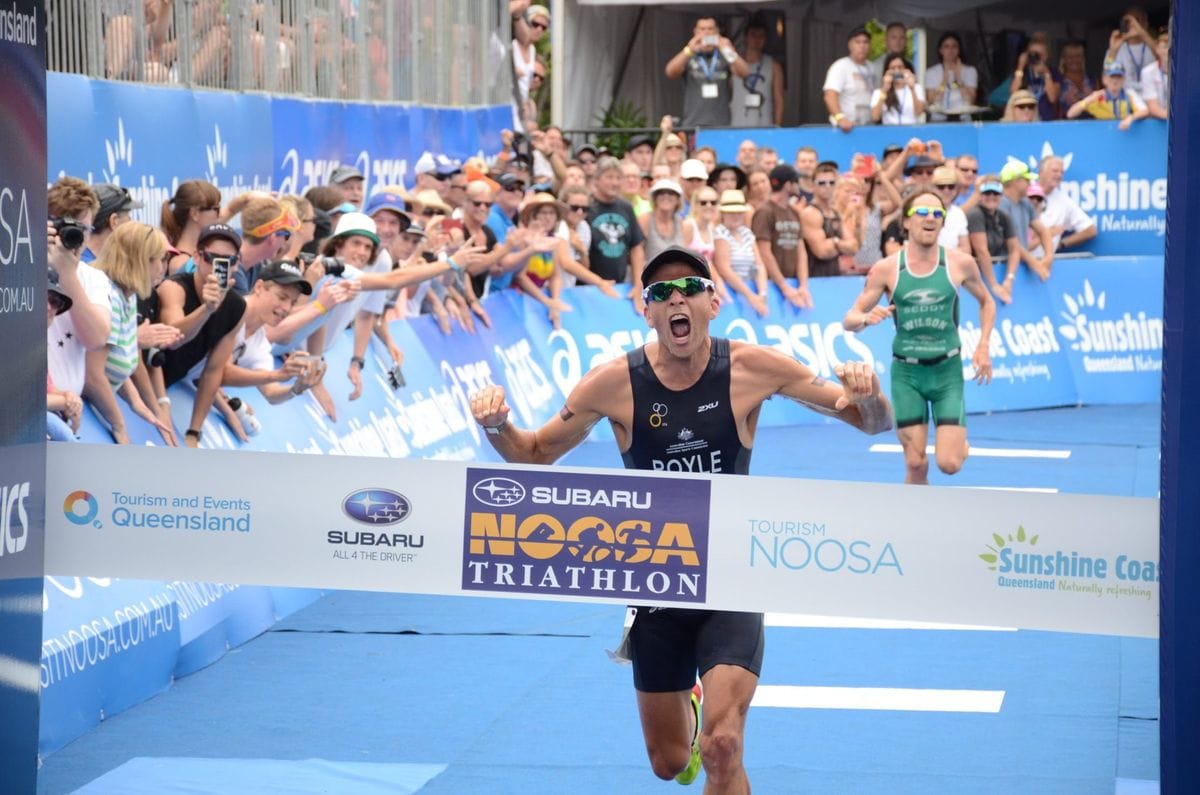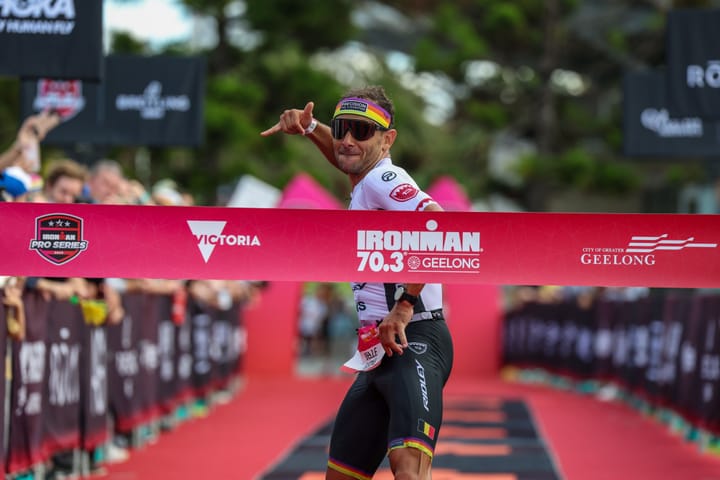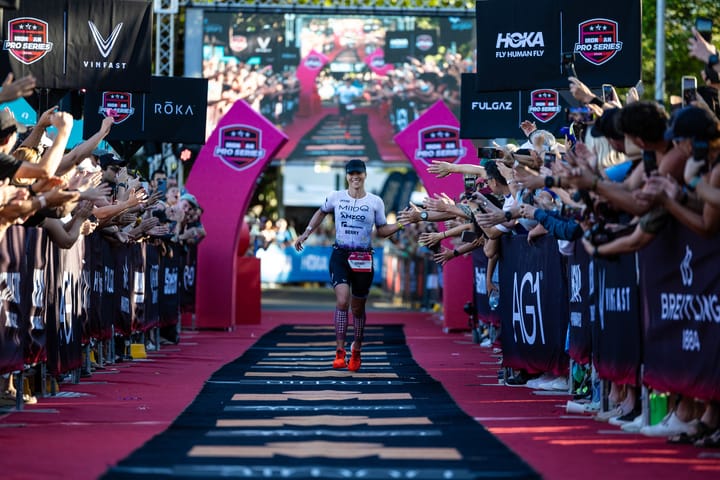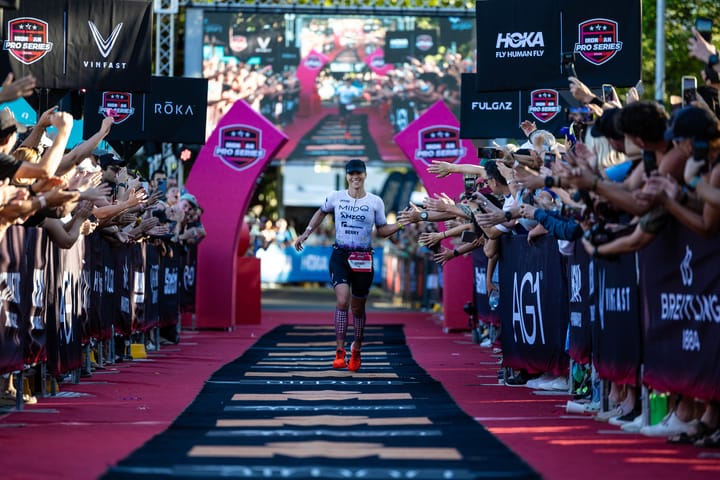A 15-Year Snapshot of Elite Performance at Noosa Triathlon
A look back at 15 years of Noosa Triathlon reveals consistent excellence in women's times, slight gains in men's speeds, and a stable gap between top male and female finishers.

The Noosa Triathlon, a hallmark event in Australia’s triathlon calendar, has seen countless top athletes put to the test. Looking back over the past 15 years (I'm excluding 2024 for now), some interesting trends emerge, especially when comparing the performance of the first professional male and female finishers. Here, we break down the stats and trends that make Noosa’s finish line stories so compelling.
Ashleigh Gentle's Winning Streak
One of the most remarkable stories of the Noosa Triathlon is Ashleigh Gentle’s consistent presence at the top of the leaderboard. Gentle has won the women’s category almost every year, creating a legacy of excellence in the event. Her finishing times typically range between 1:57 and 2:02, with only minor variations year-on-year. This consistency points to both her exceptional conditioning and her comfort (if that can be a thing) of the Noosa course. The women's performance has remained steady, showing a subtle improvement trend but with very little fluctuation overall.
A More Varied Men's Leaderboard
The men’s race has had a wider array of winners over the years, leading to slightly more fluctuation in finishing times. Athletes like Hayden Wilde, Charlie Quin, and Aaron Royle have all topped the leaderboard, each bringing unique strengths to the course. Interestingly, the men’s times have shown more variability than the women’s, with some years seeing slightly slower finishes, such as 2018 and 2021. However, the general trend for men’s times is moving toward faster finishes, with Wilde setting a competitive pace in 2023 at 1:41:56.
The Consistent Gap
Across the years, there’s been a fairly consistent time gap between the male and female winners, usually falling between 15-18 minutes. This pattern has held steady, indicating that while both categories show high performance, they maintain a reliable difference in race completion times.
Conditions and Course Challenges
Certain years, such as 2021, saw slightly slower times for both men and women, suggesting the potential impact of challenging race conditions or environmental factors. With triathlons being so dependent on weather, water currents, and course conditions, slight fluctuations in finishing times are expected.





Comments ()